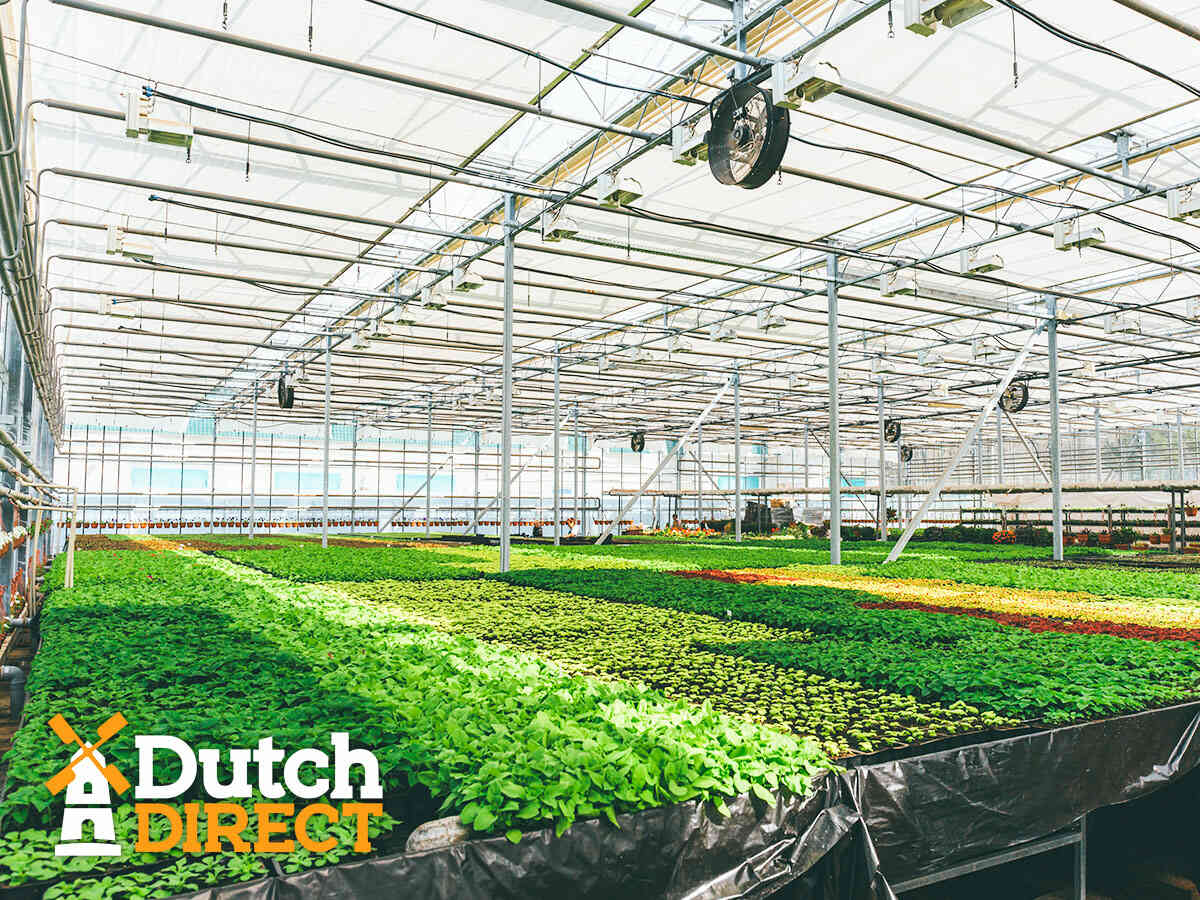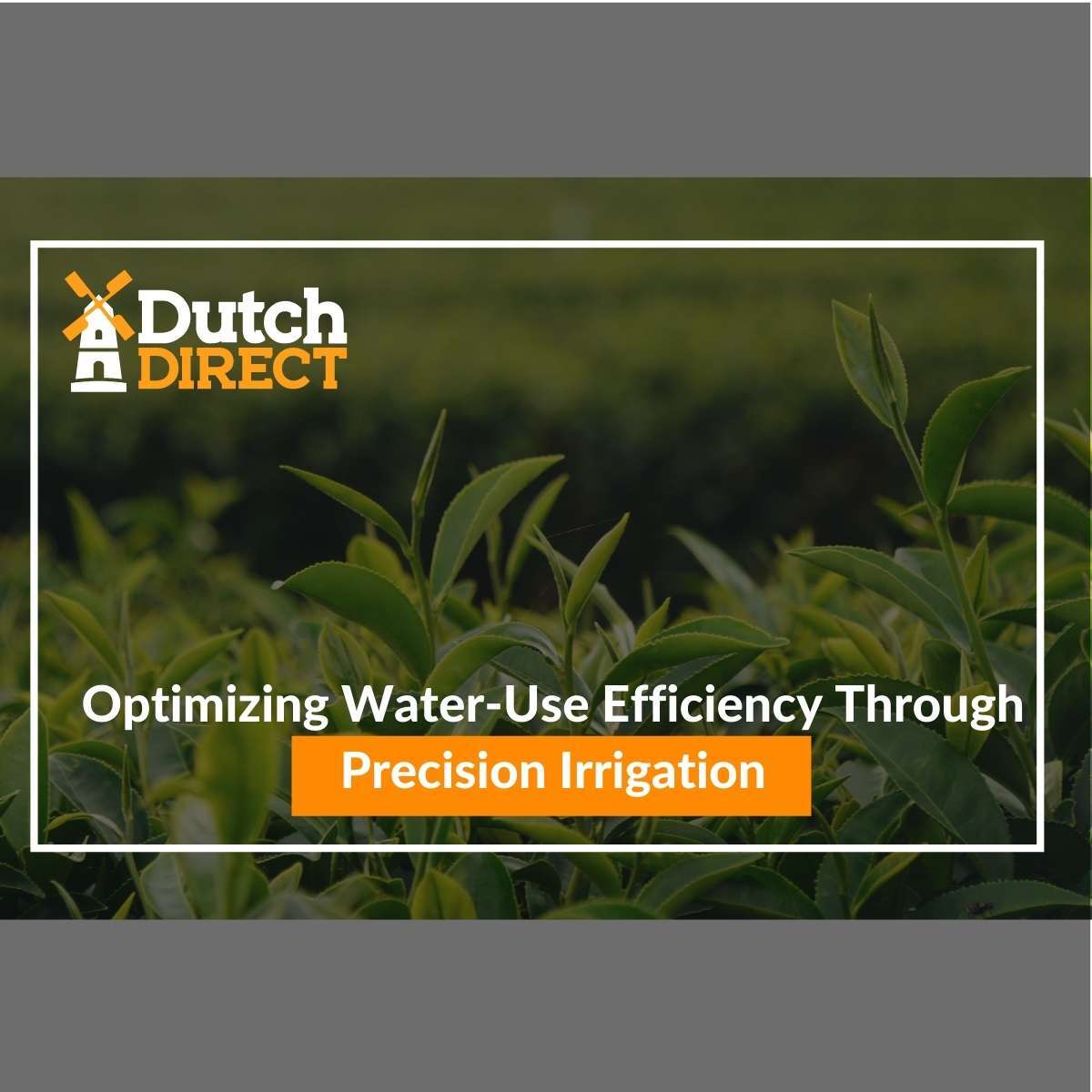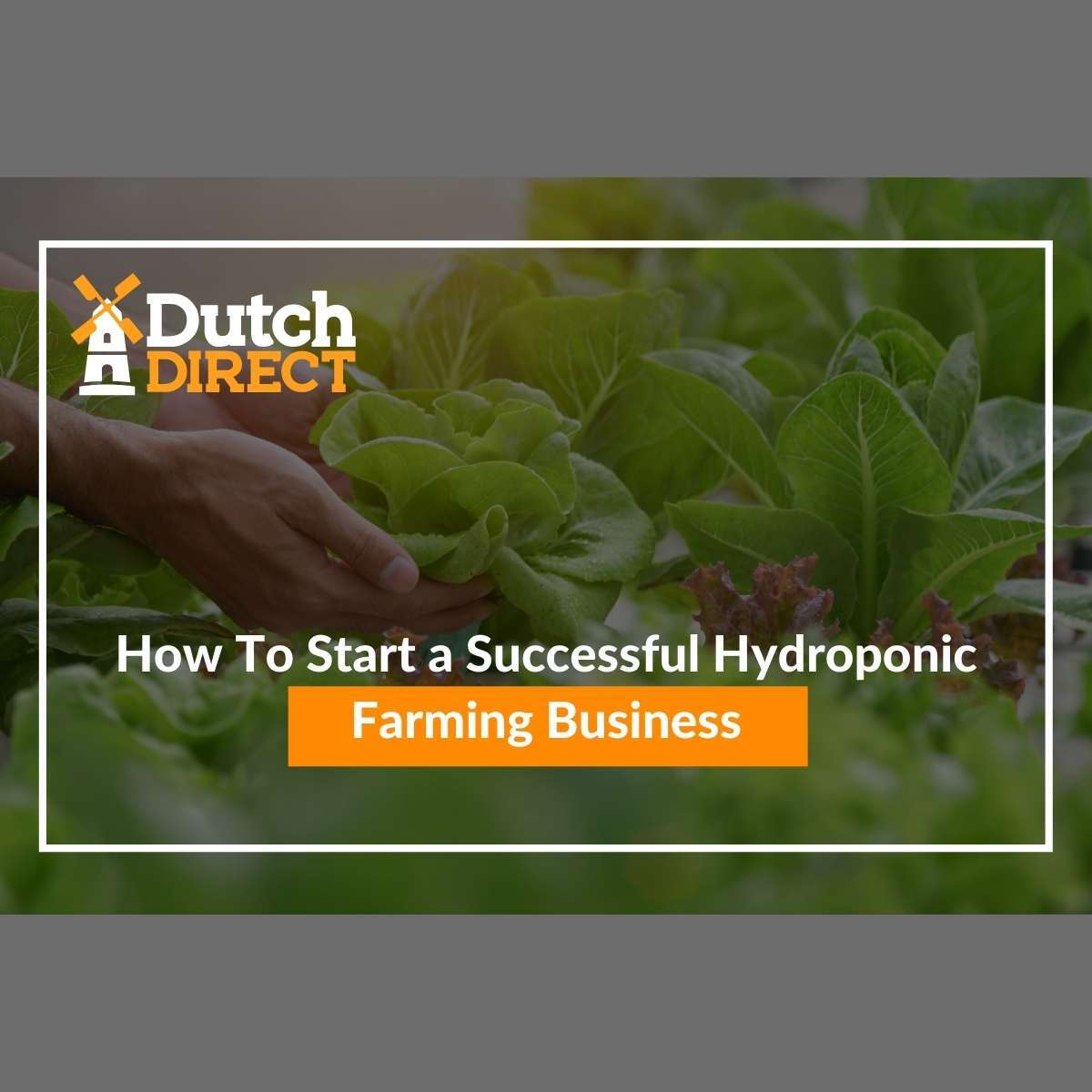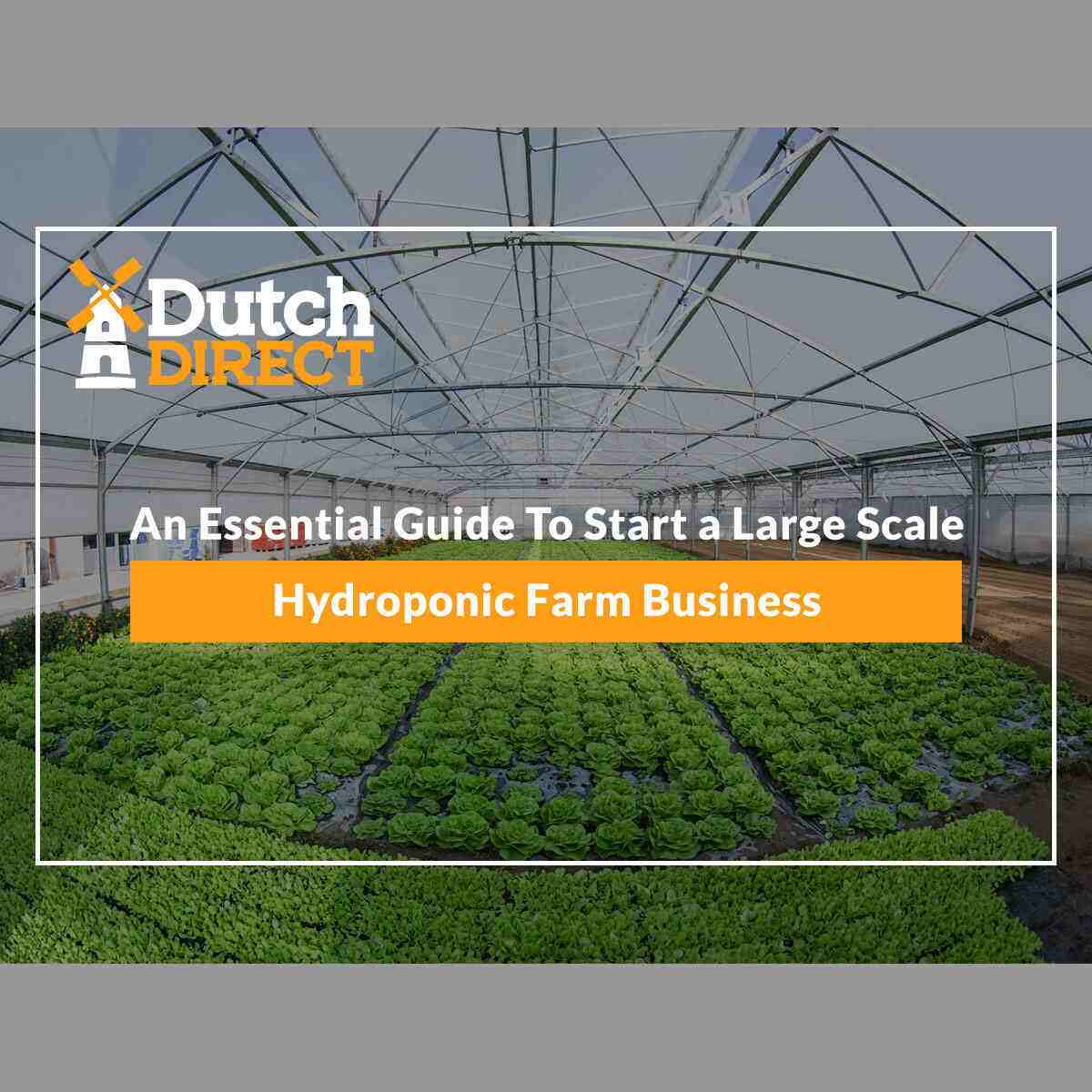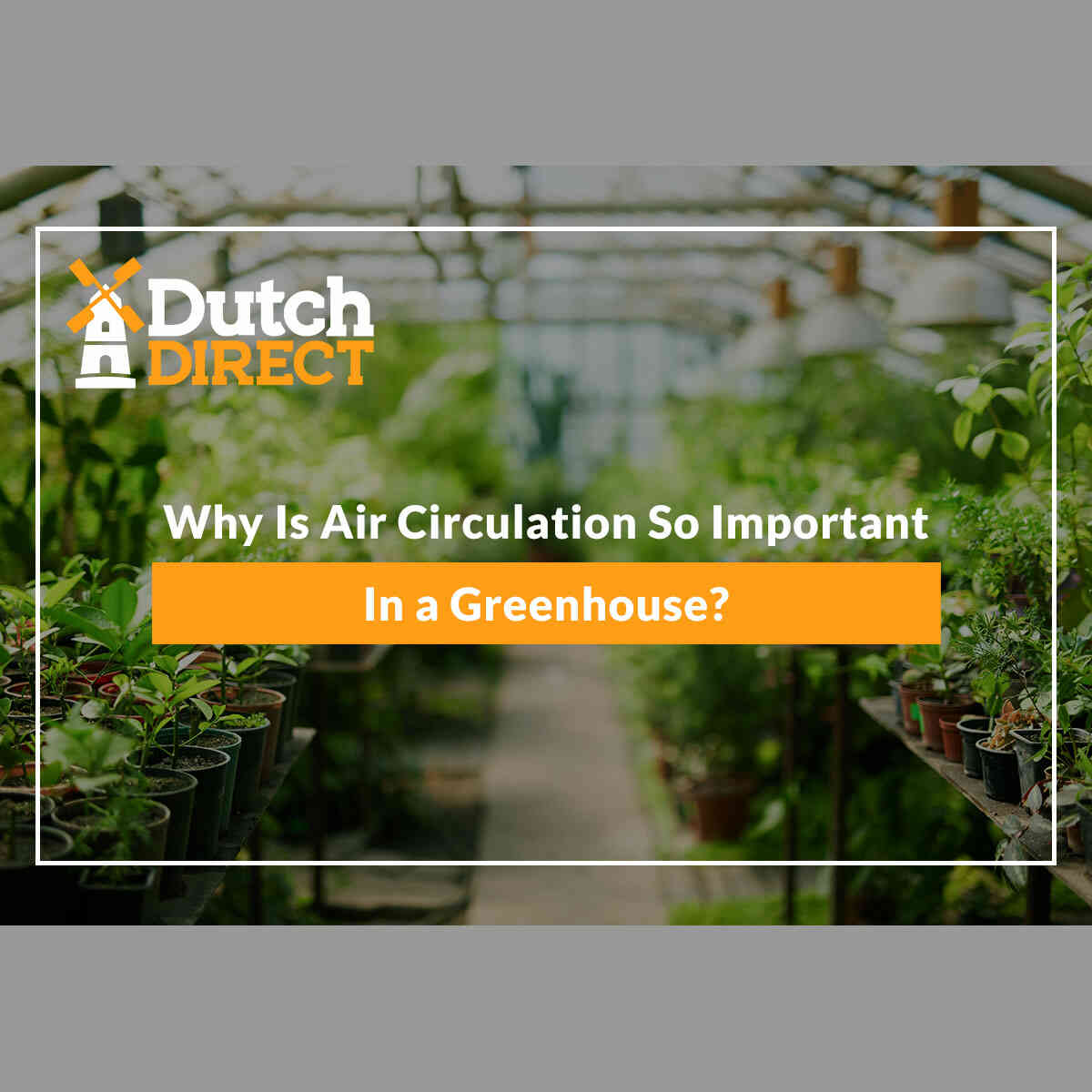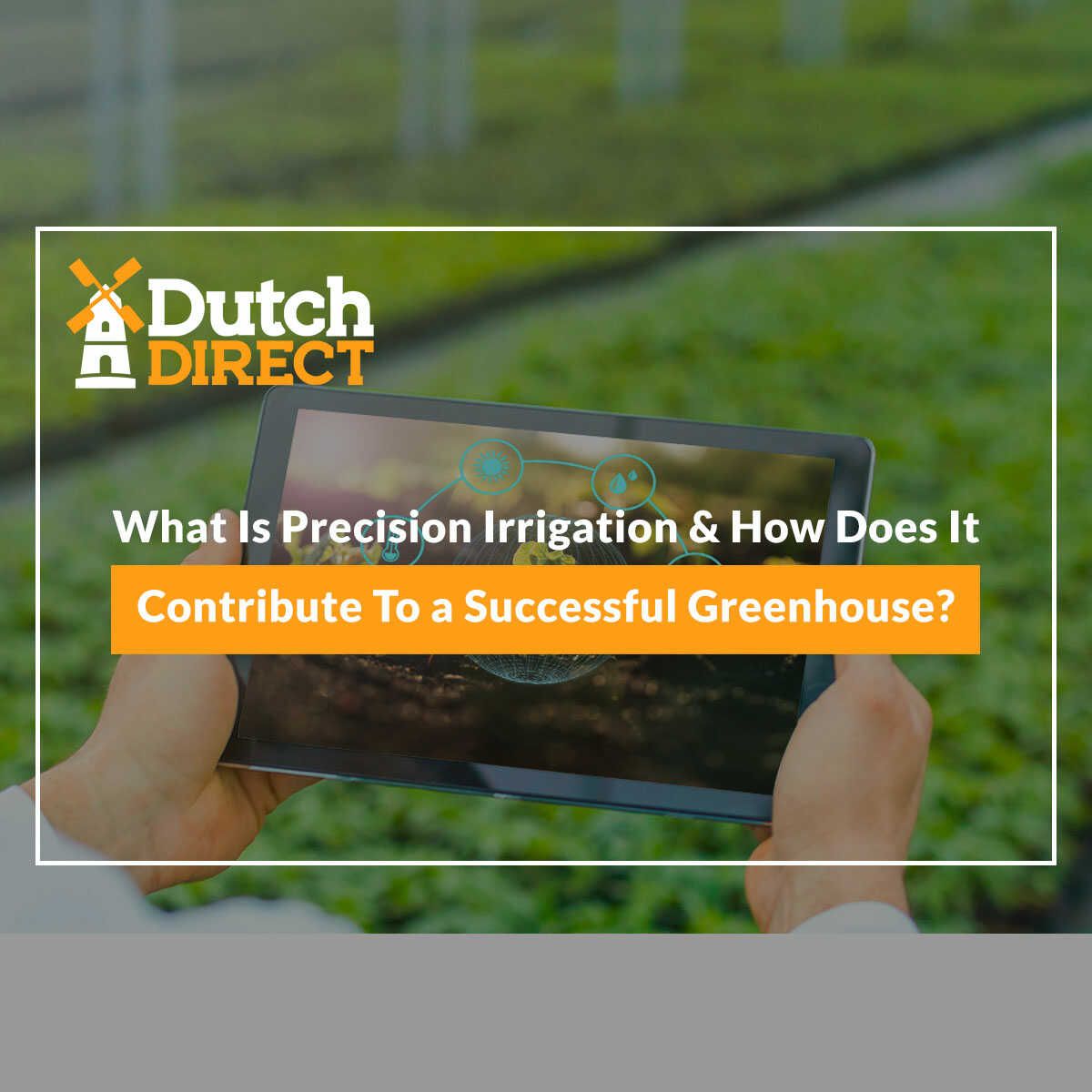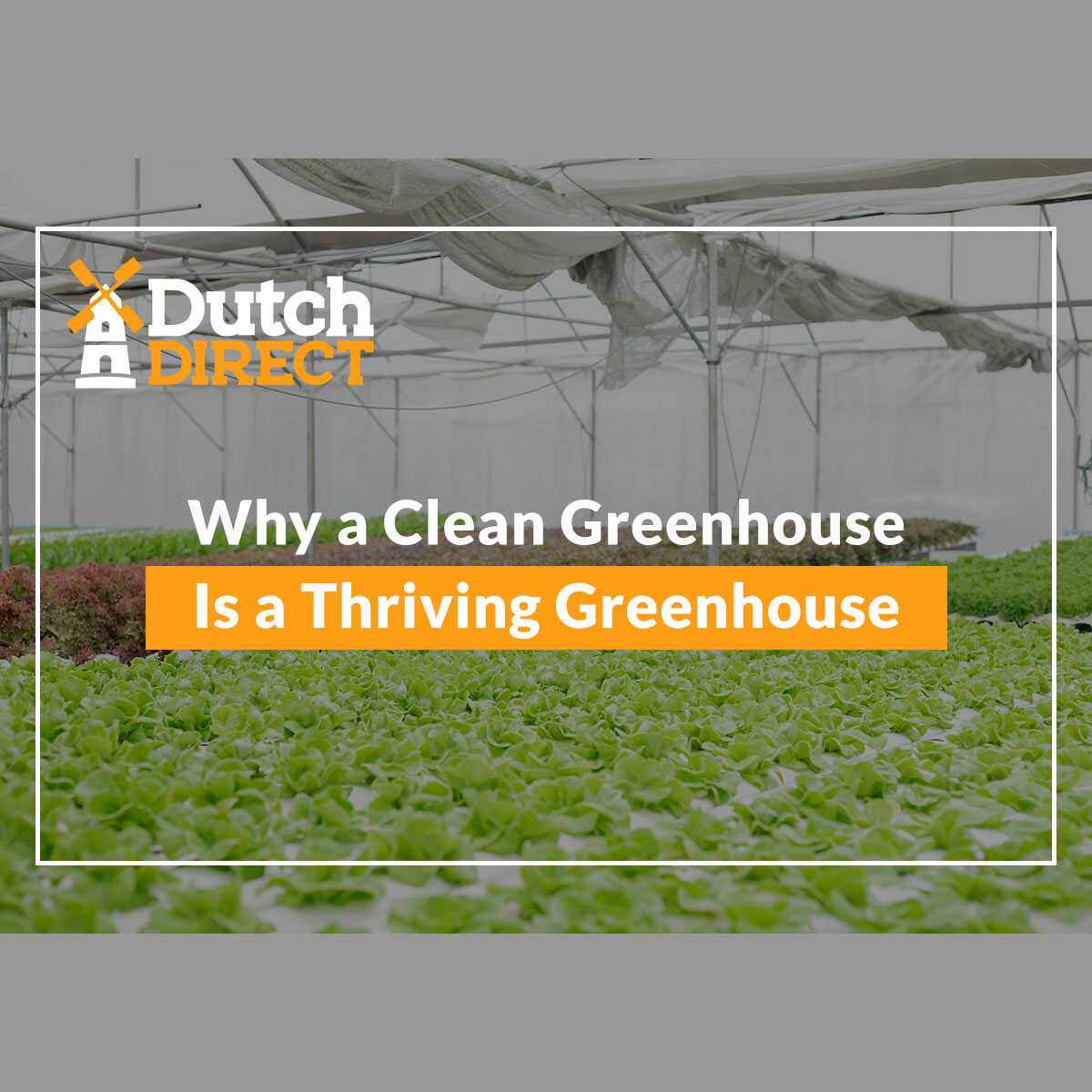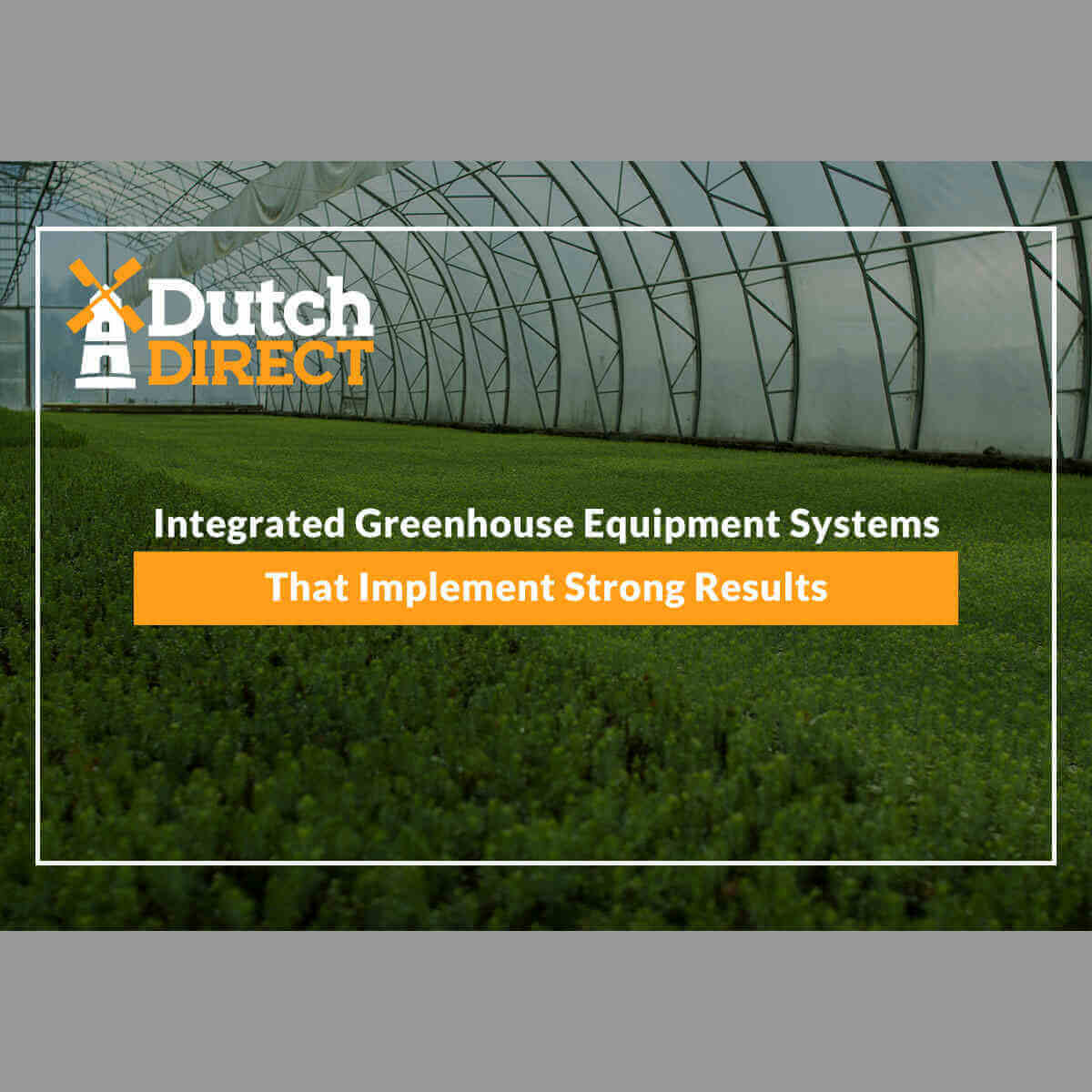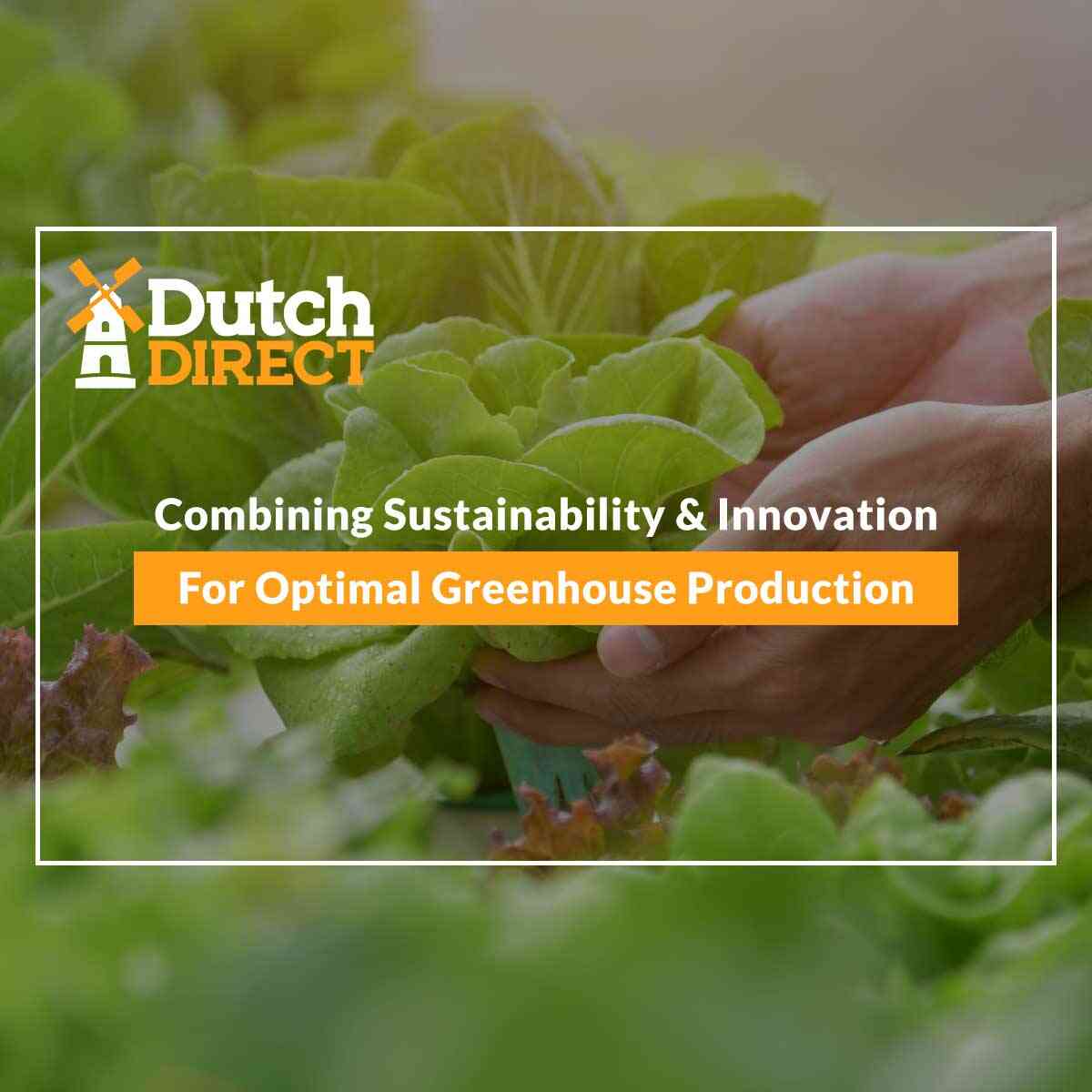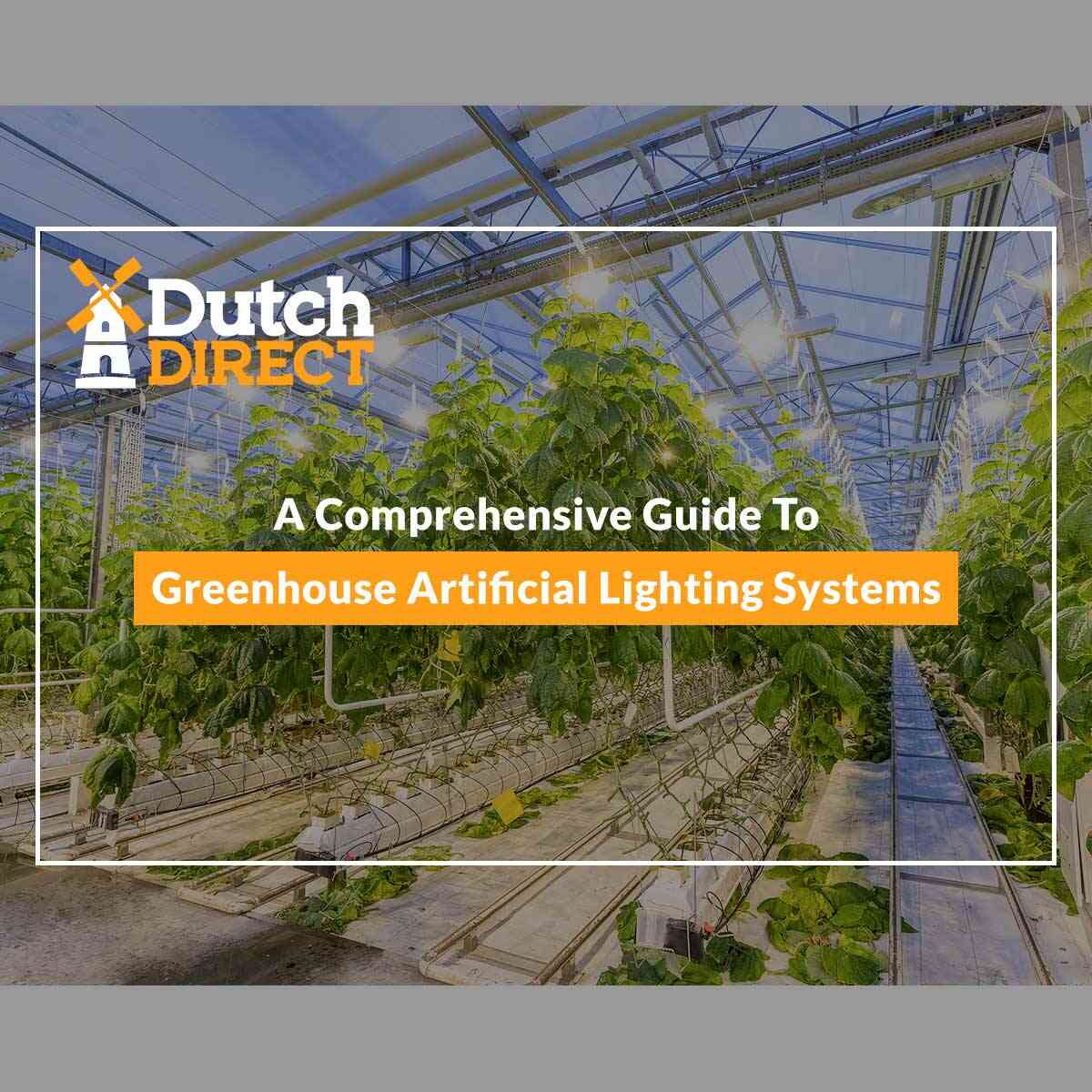Essential Elements To Achieve The Desired Environment In Your Commercial Greenhouse
The Four Elements Of Greenhouse Environmental Control
Carrots prefer cooler temperatures, but tomatoes and peppers like the heat. For many growers who specialize in different types of crops, providing varied growing conditions in the same greenhouse set up at different times of the year is an ongoing challenge. The good news is that with the right greenhouse elements and the knowledge of the consultants at a commercial greenhouse supplier, you can make your greenhouse into an ideal environment for almost any crop, with minimal effort, and even increase your productivity in the process! While this might sound too good to be true, take a look at some of the essential elements your commercial greenhouse needs for a successful operation and how technology can help you reach those environmental goals.
Any commercial grower can tell you that the temperature of the outside air is just one tiny element involved with successful plant growth. A combination of many other factors all need to come together. When you are aware of these factors and take steps to control each one, you’ll have a much better starting point for your greenhouse environment.
Heat: An Essential Component For Greenhouse Cultivation
Greenhouse technology makes it easier than ever to deliver the perfect temperature for your plants, whether they are seedlings or mature. As plants absorb carbon dioxide and produce oxygen, they also create heat as a byproduct. This damp heat can be beneficial to some crops, such as tomatoes and peppers, which thrive in very warm and humid environments, and may even offset some heating costs by helping to warm your greenhouse in cooler weather.
On the flip side, excessive heat can cause heat stress, and stunt the growth of cooler weather loving crops, such as carrots and radishes. To deal with this problem, growers may need to consider working with their wholesale hydroponic supplier to utilize shade cloth, sensors, and ventilation to help keep their greenhouse at the right temperature.
Humidity: Optimal Control For Plant Growing Success
Closely linked to heat and temperature, humidity levels are also imperative to plant growing success. Uncontrolled humidity levels can wreak havoc in your greenhouse and detrimentally reduce production. As mentioned, plants naturally give off warm, moist oxygen into the air as they grow, which will add heat and humidity to your greenhouse environment. Although some plants thrive in these humid or moist environments, too much moisture is problematic and will foster the growth of mold, promote insects, or feed diseases that can devastate your crops.
The right ventilation systems and heat management through the use of sensors and automated heating systems enable growers to keep tabs on the environmental conditions in their commercial greenhouse and effortlessly make the adjustments that will maximize plant growth.
Ventilation: An Integral Role In Greenhouse Temperature Regulation
Airflow can be a significant challenge for growers in many parts of the country, such as in the still deserts of the Southwest or the very windy plains of the Midwest. Advances in growing technology mean that growers can be fully in control of their greenhouse ventilation without needing to make compensation for nature. Ventilation is critical to your greenhouse environment because of the role it plays in temperature regulation, mitigation of excessive humidity, and the airflow it provides the plants as they grow. Many people are surprised to learn they actually need fans and other automated ventilation equipment from their agricultural distributor in order to promote proper levels of carbon dioxide into their greenhouses, so that their plants will have what they need for the process of photosynthesis.
Optimal Use Of Sunlight For Greenhouse Environmental Control
Historically, sunlight has been out of the control of growers and left them dependent on the graces of mother nature – either to provide enough sunlight or deal with the realities of too much. Modern greenhouse farming allows most crops to be grown almost anywhere and provides the tools for growers to extend their growing seasons.
Many plants require full sun while others prefer partial or mostly shade, but it was only recently that growers have been able to easily provide ideal growing conditions for both groups of plants in the same piece of land. Tools such as energy curtains, shade coverings, automated lighting, and UV filtering plastic give commercial growers the ability to fine tune the amounts of light their plants receive.
Make These Essential Elements Easy With Integrated Greenhouse Automatic Systems
Even commercial growers who have decades of experience in the industry may need to take some time to learn how to effectively utilize automatic systems. However, with the help of the consultants at a hydroponic equipment supplier and the ease of automatic controls, growers now have the opportunity to work with precise and reliable computer systems that will do much of the greenhouse management effortlessly.
When you integrate automatic environmental controls into your greenhouse system, you can take control of everything from lighting to humidity levels to ventilation, and more. Automatic monitoring and adjusting within the levels you’ve set eliminates the need for constant manual monitoring.
Are You Ready To Take Control Of Your Growing Environment?
Technology has never been more exciting for growers who are looking to maximize productivity within their commercial greenhouse. Get in touch with the experts at Dutch Direct for affordable and competitive products to optimize your growing environment!

Contact Us:
18 North 57th Drive Ste #1
Phoenix, Az 85043
(844) 388-2434
info@dutchdirect.us
© Copyright 2024 Dutch Direct LLC.
About Dutch Direct
We offer direct access to exclusive and quality brands at highly competitive price-points. We also offer solutions on consumables and equipment at a wholesale cost. Buy direct and save.

